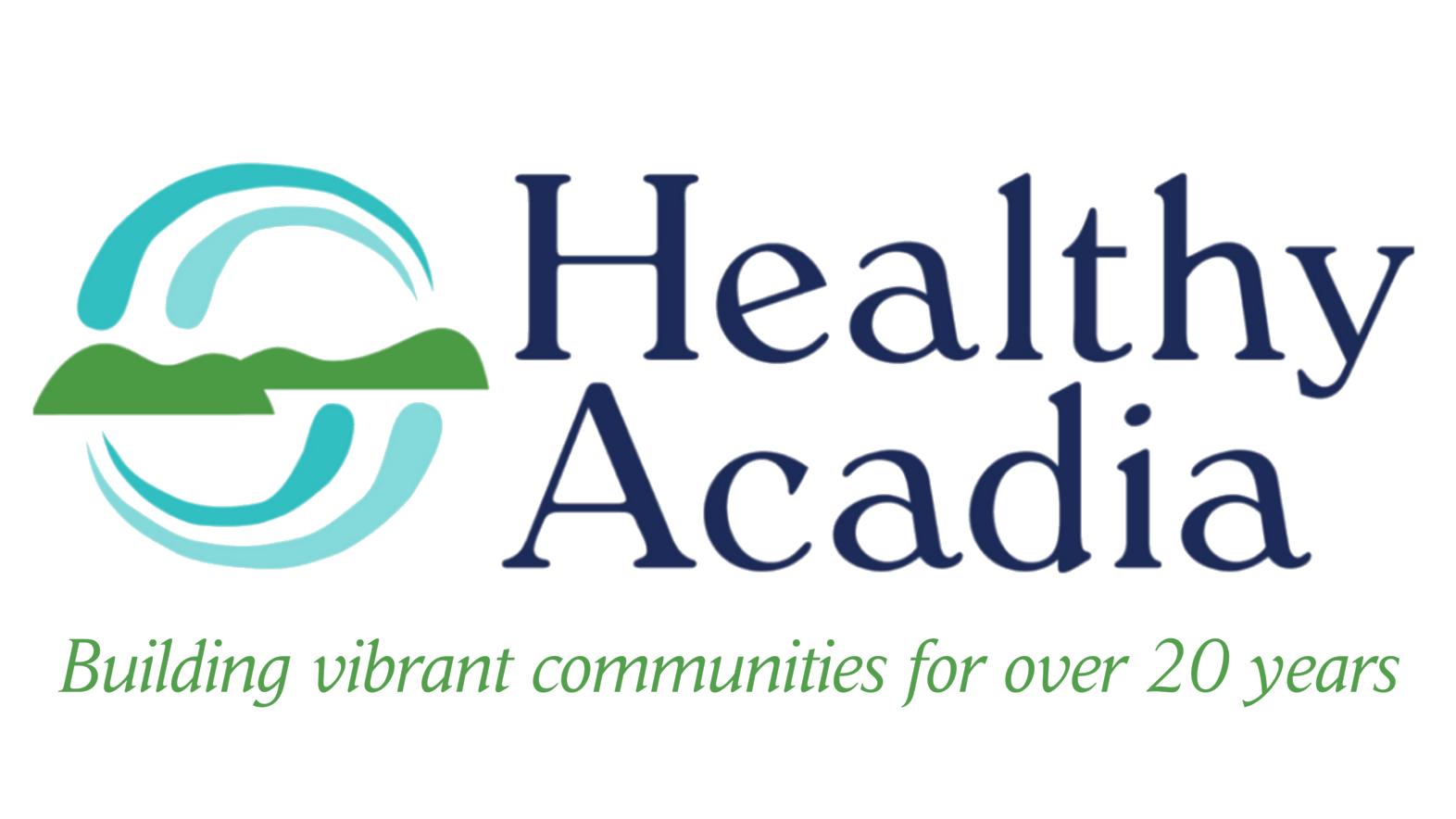COVID-19 News and Updates
Hello all,
Nina Duggan here with the latest COVID-19 news and updates.
This week we will be discussing several important pieces of information regarding Long COVID, its impact, and its potential treatment.
COVID Communication:
The Importance of Taking Paxlovid Early in Preventing Long COVID
A recently released study shows that people who take the antiviral COVID-19 treatment Paxlovid shortly after infection can significantly reduce their risk of contracting long COVID. The study published in the Journal of the American Medical Association (JAMA) reported that subjects who took Paxlovid within 5 days of contracting the disease saw a 26% lower risk of contracting long COVID compared with those who did not take the drug.
Reduction in risk of long COVID from Paxlovid occurred regardless of age, vaccination status, or infection history. These exciting findings suggest that Paxlovid may go above and beyond treating those sick with COVID-19, and may be used as a preventative for long COVID. Other studies have further suggested that Paxlovid could be used as a treatment for those already suffering with the condition.
To read the full article: CNBC Health and Science “Pfizer’s Covid drug Paxlovid mayr educe the risk of developing long Covid, study says”.
COVID in the News:
State of COVID-19 in Maine
Cases and test positivity continue to fall on average across the state, with case numbers dropping by 35% and test positivity dropping by 27% respectively. Average statewide test positivity currently sits at 7.8%. Hospitalizations have decreased by 12%, with 174 people hospitalized across the state for COVID-19.
The Economic Impact of Long COVID
Long COVID has been discussed at some length, both in my email updates and by public health experts. This condition has been a quieter impact on the world than the staggering death toll the pandemic has accrued, and has proven disabling for many, severely impacting quality of life and ability to work.
Long COVID has affected an estimated 23 million Americans throughout the course of the three-year pandemic. In economic terms, experts are calling this a public health disaster with an economic impact rivaling the Great Recession (a staggering potential $3,7 trillion impact).
What makes Long COVID challenging is that it is a chronic illness that is difficult to diagnose. Not much is known yet about the illness, with hundreds of symptoms reported, and as such many doctors find it difficult to diagnose and many are unwilling to do so.
So far the best way to avoid contracting Long COVID has been to take proper precautions to not contract COVID in the first place (e.g. vaccination, mask-wearing, and social distancing). Barring that, Paxlovid has shown to have some potential to prevent the disease in those who do get infected, and potentially alleviate some of the symptoms.
Many disability advocates are calling for more attention to be paid to long COVID, and highlighting the importance of taking care to prevent infection and spread.
For the full article: CNBC “Long Covid may be the ‘next public health disaster’-with a $3.7 trillion economic impact rivaling the Great Recession”
Children and Long COVID
The World Health Organization (WHO) recently published a new definition for long COVID in children and adolescents. This definition can be applied to children of all ages, with some age-specific symptoms.
The WHO states that the long COVID condition occurs in individuals with a confirmed or probably CPVID-19 infection experiencing symptoms lasting at least 2 months, within three months of a COVID-19 infection. The most frequently reported symptoms in children are fatigue, altered smell or loss of smell, and anxiety.
Parents of children with long COVID may notice an impact on general everyday functioning such as eating habits, decrease in physical activity, academic performance, social functions, and developmental milestones.
Other potential symptoms have also been reported, covering a broad array of conditions. None of these symptoms are specific to COVID-19 and can occur with other childhood illnesses. For a full list of symptoms, see the post linked below.
Children and adolescents in general are more likely to develop mild cases or be entirely asymptomatic when compared to adults with COVID-19. As such, the symptoms they experience may manifest differently than adults. Having a specific case definition for this age group is important, as it recognizes their health needs and gives clinicians a better tool to analyze and treat long COVID in different age groups. It also helps families and caregivers better access medical care and access the needed specialists.
If you are concerned that your child might have long COVID, discuss it with your pediatrician or healthcare provider.
To see the full post and list of reported symptoms, visit the original post “COVID Vaccine Facts: How Do You Know If Your Child Has Long COVID?”
Sign up here to receive Nina’s COVID-19 updates via email.
Follow Healthy Acadia on TikTok (@healthyacadia) for more updates!
If you or anyone you know have questions or concerns about COVID-19 or the available vaccines please call or text our COVID-19 Peer Support Line at 207-271-6023, Monday through Friday, 10 a.m. to 7 p.m.
